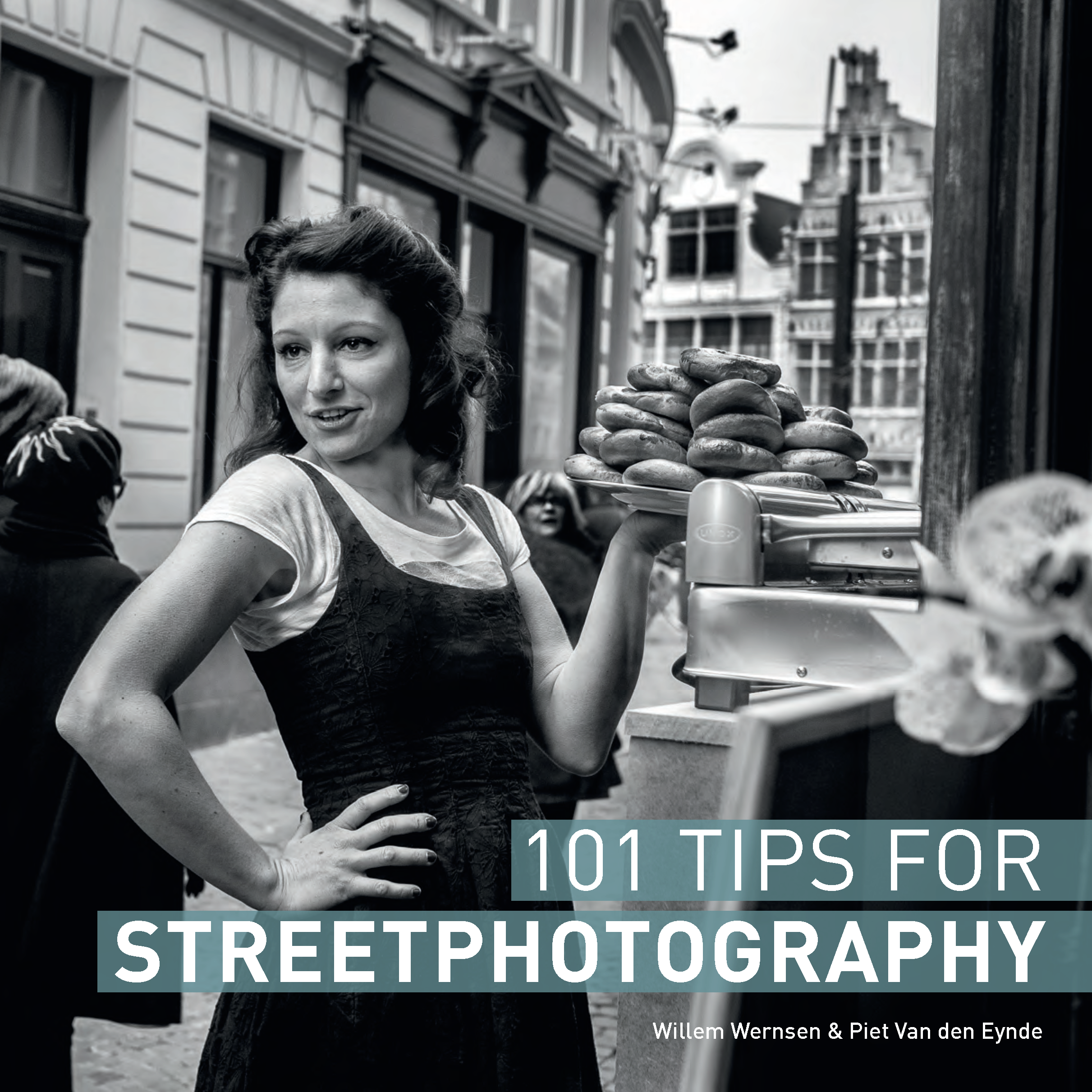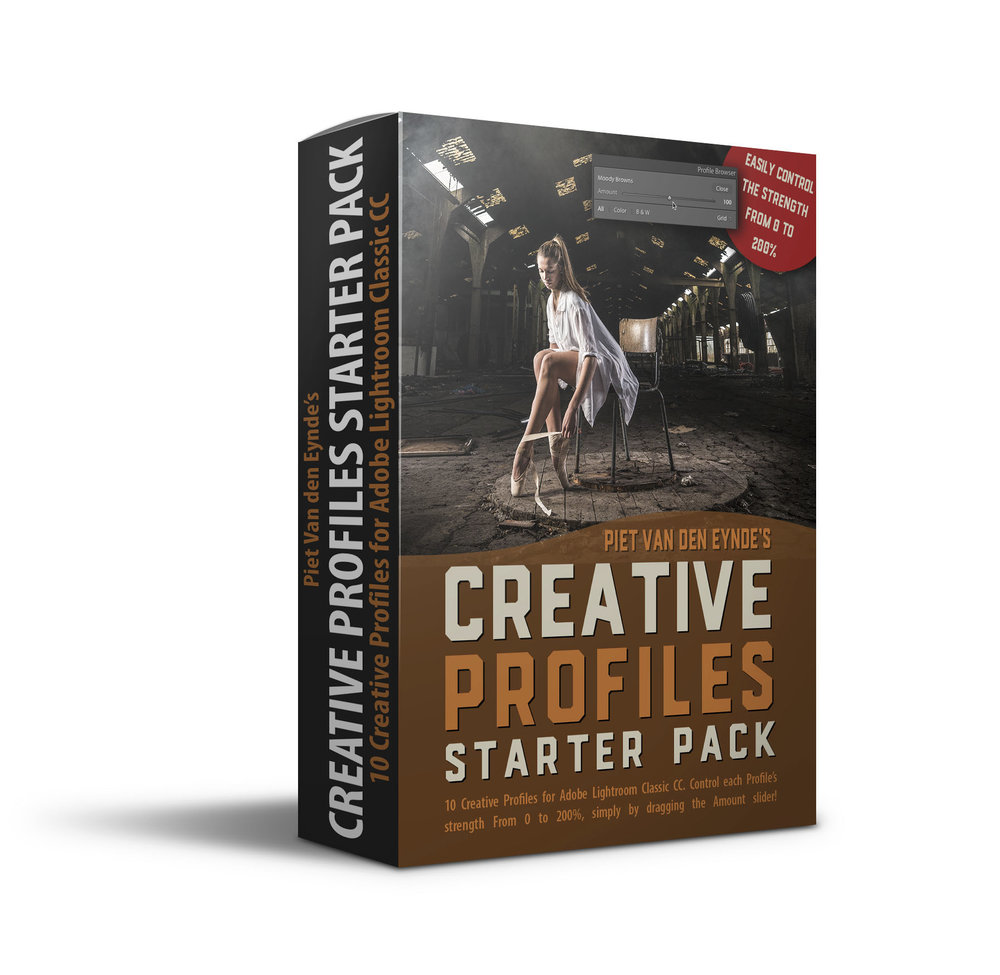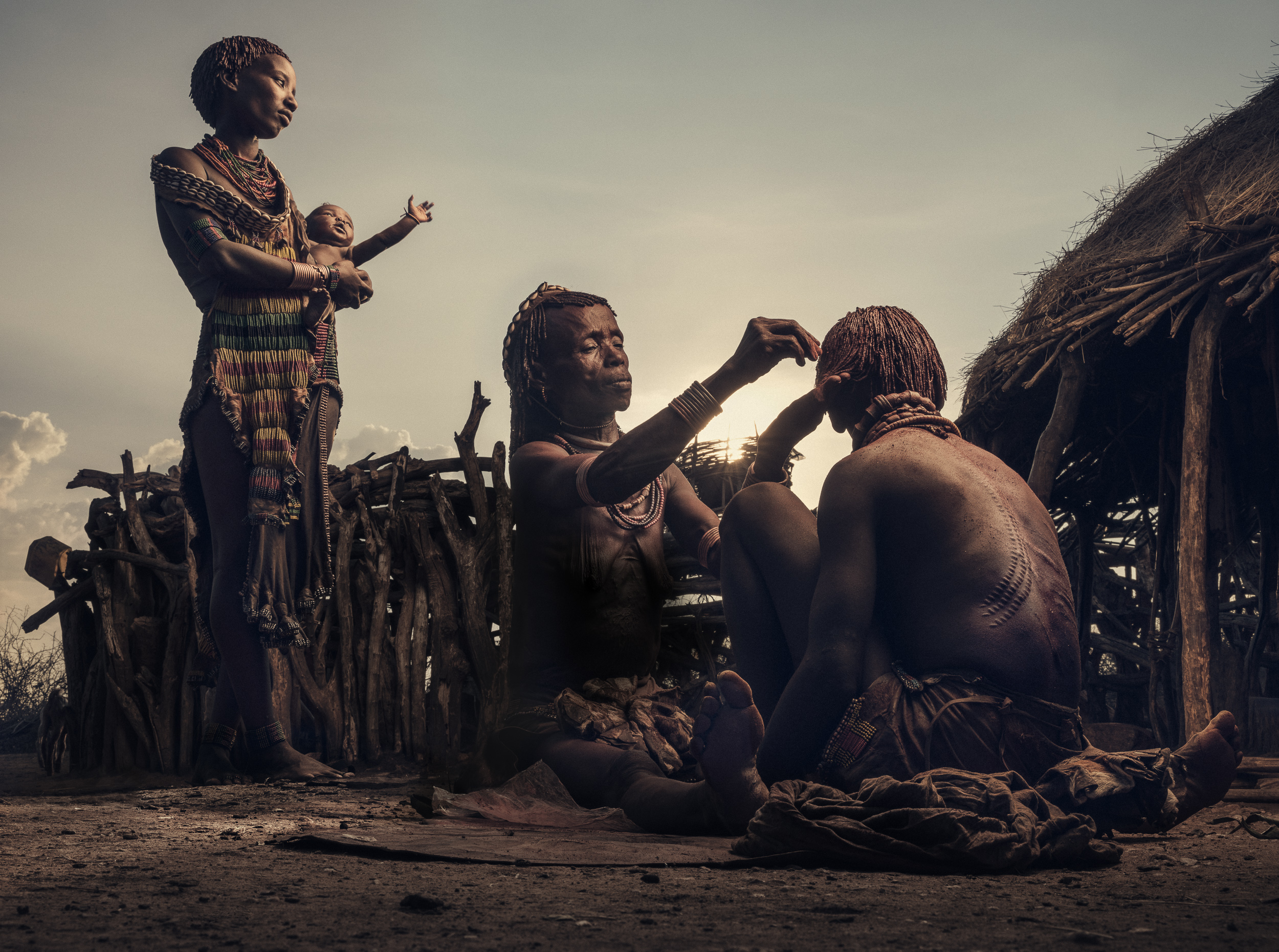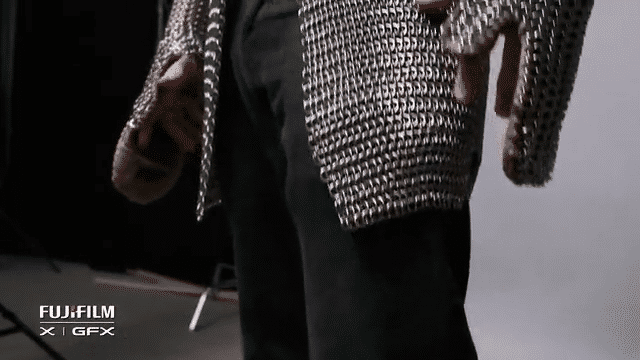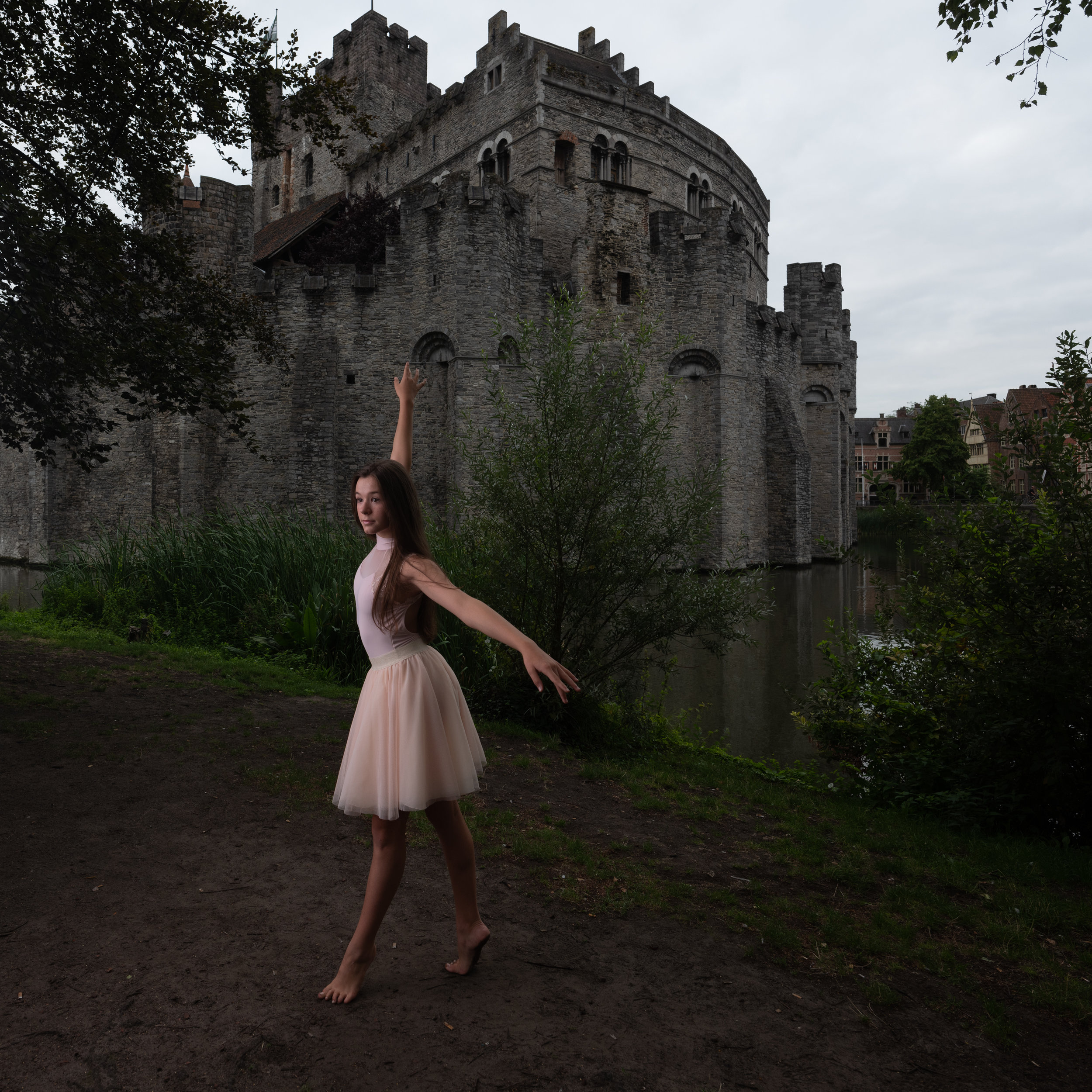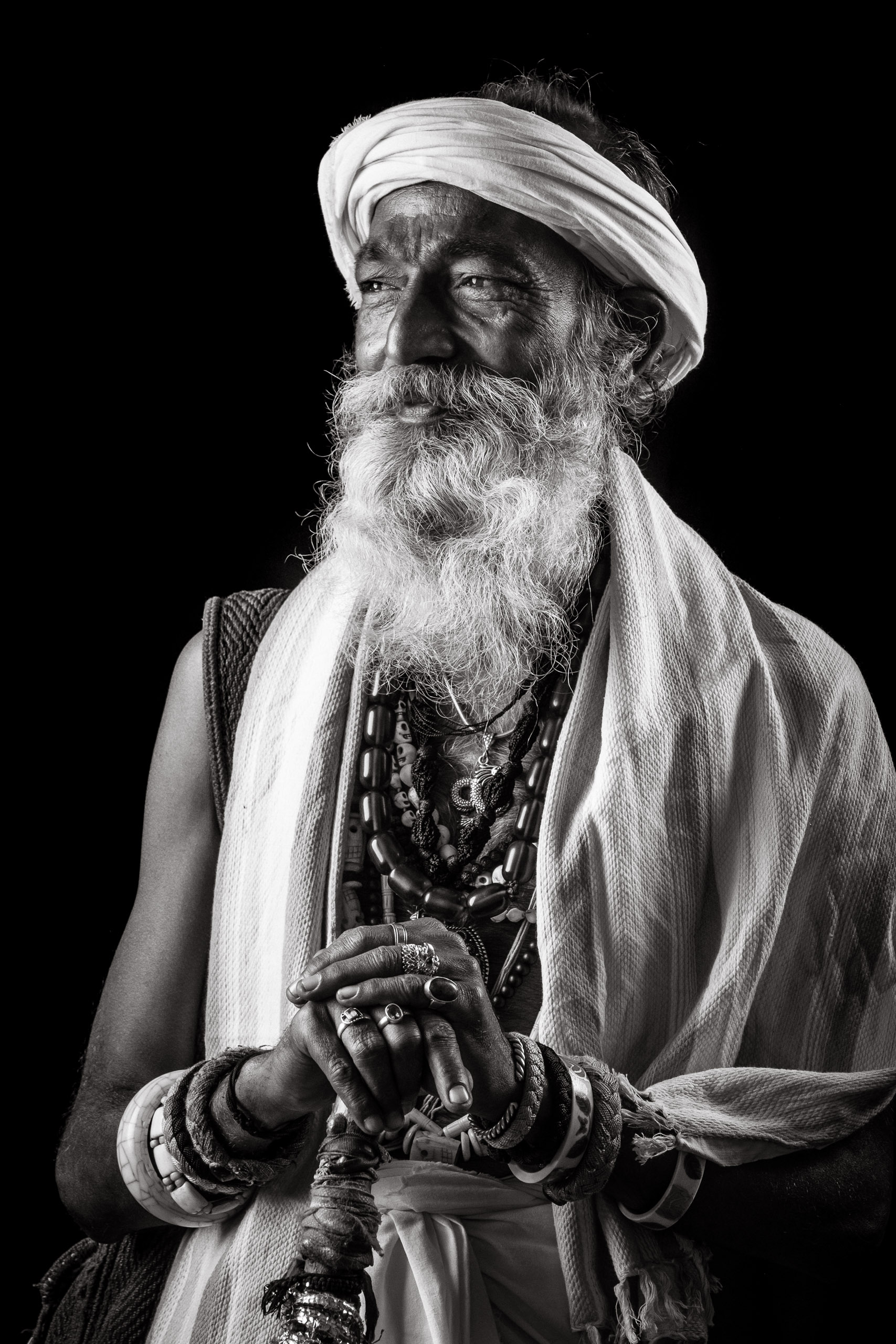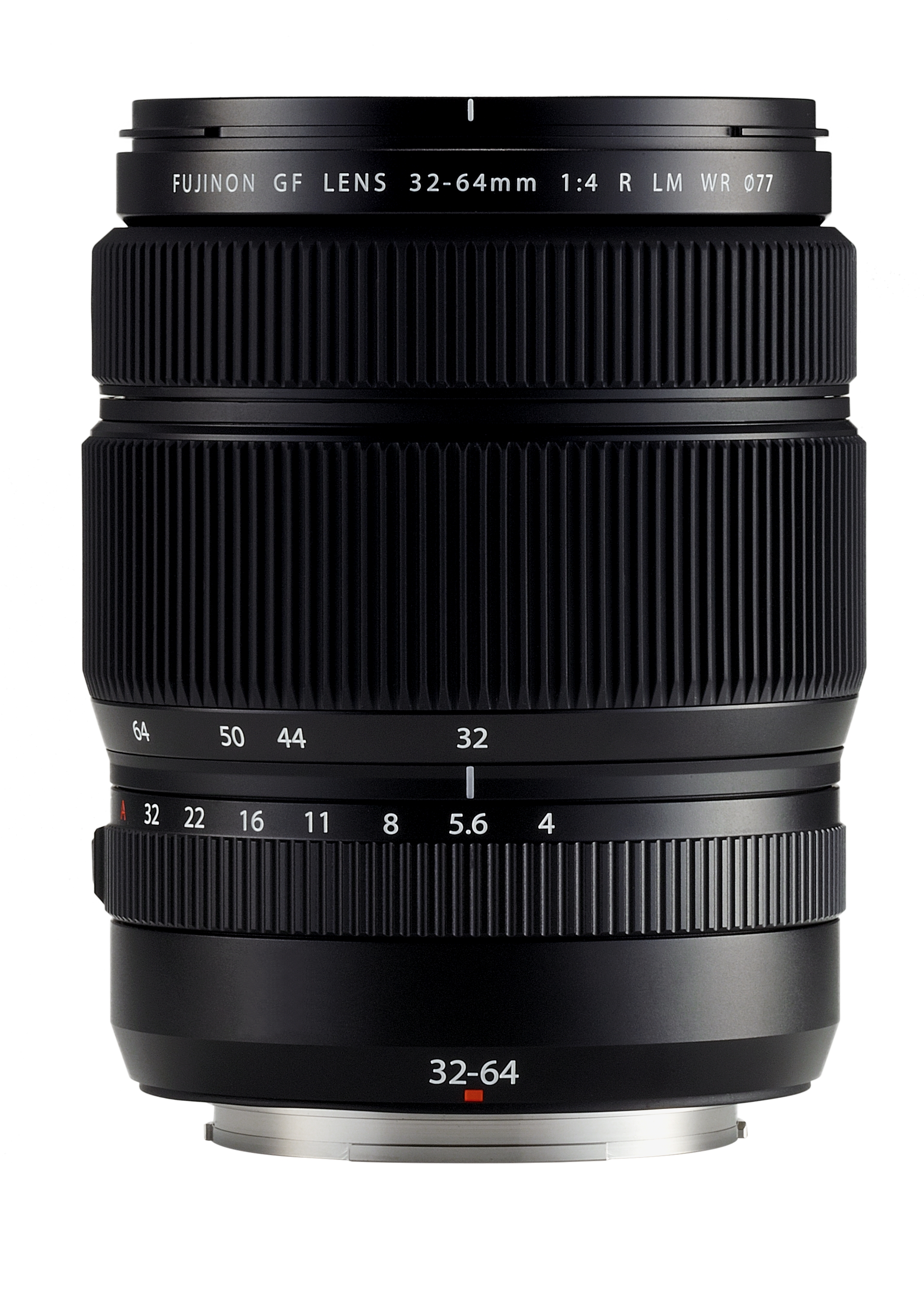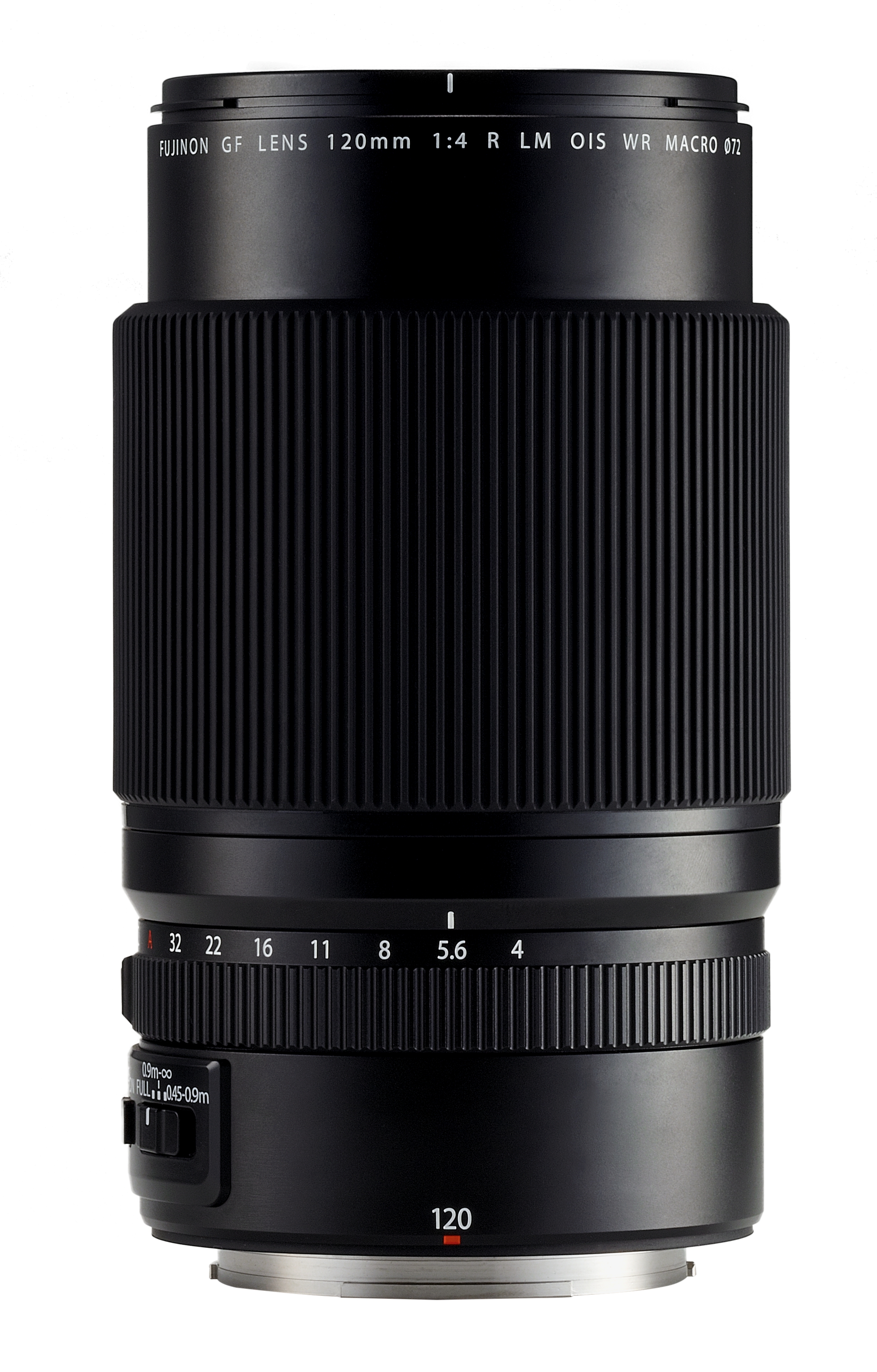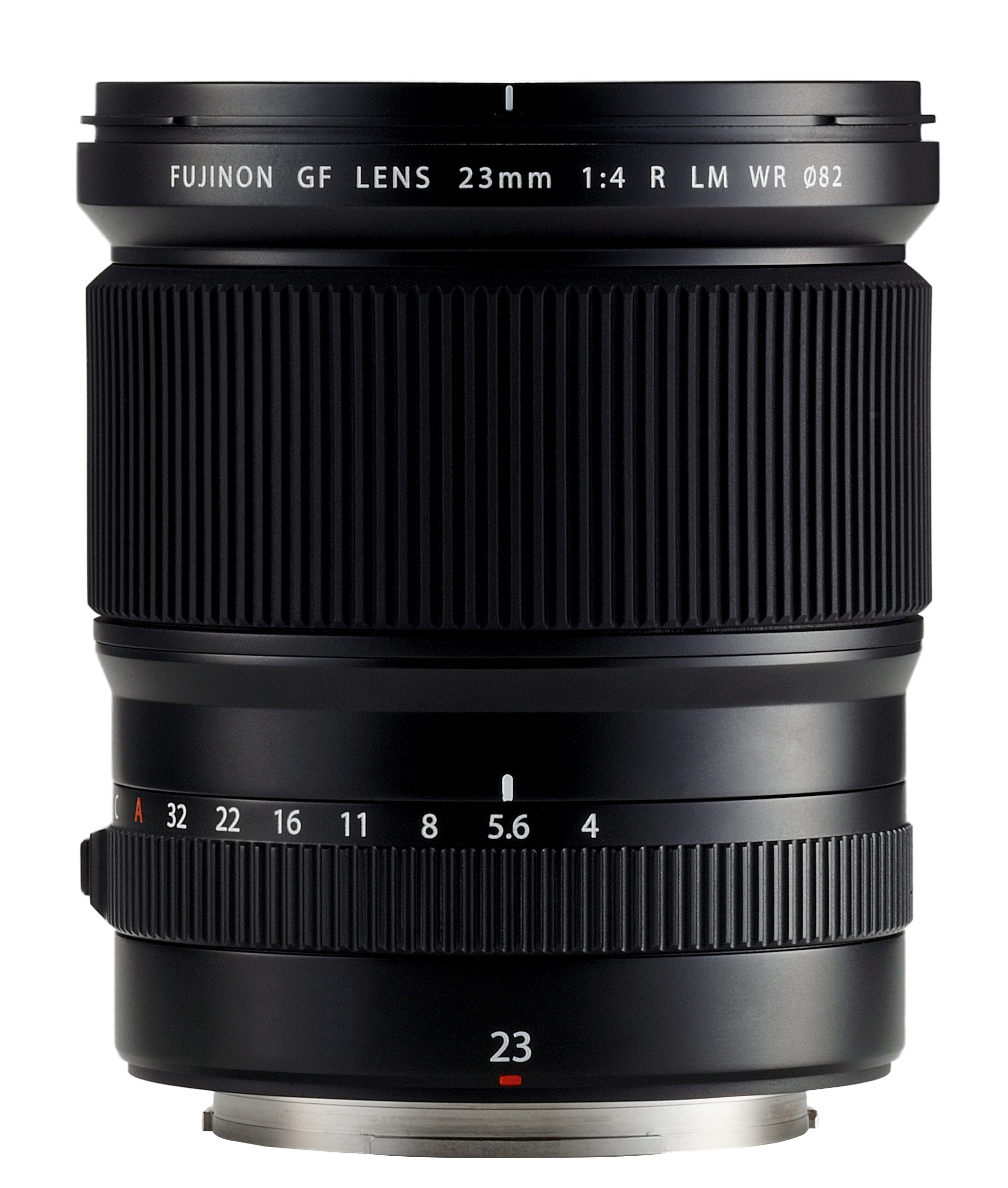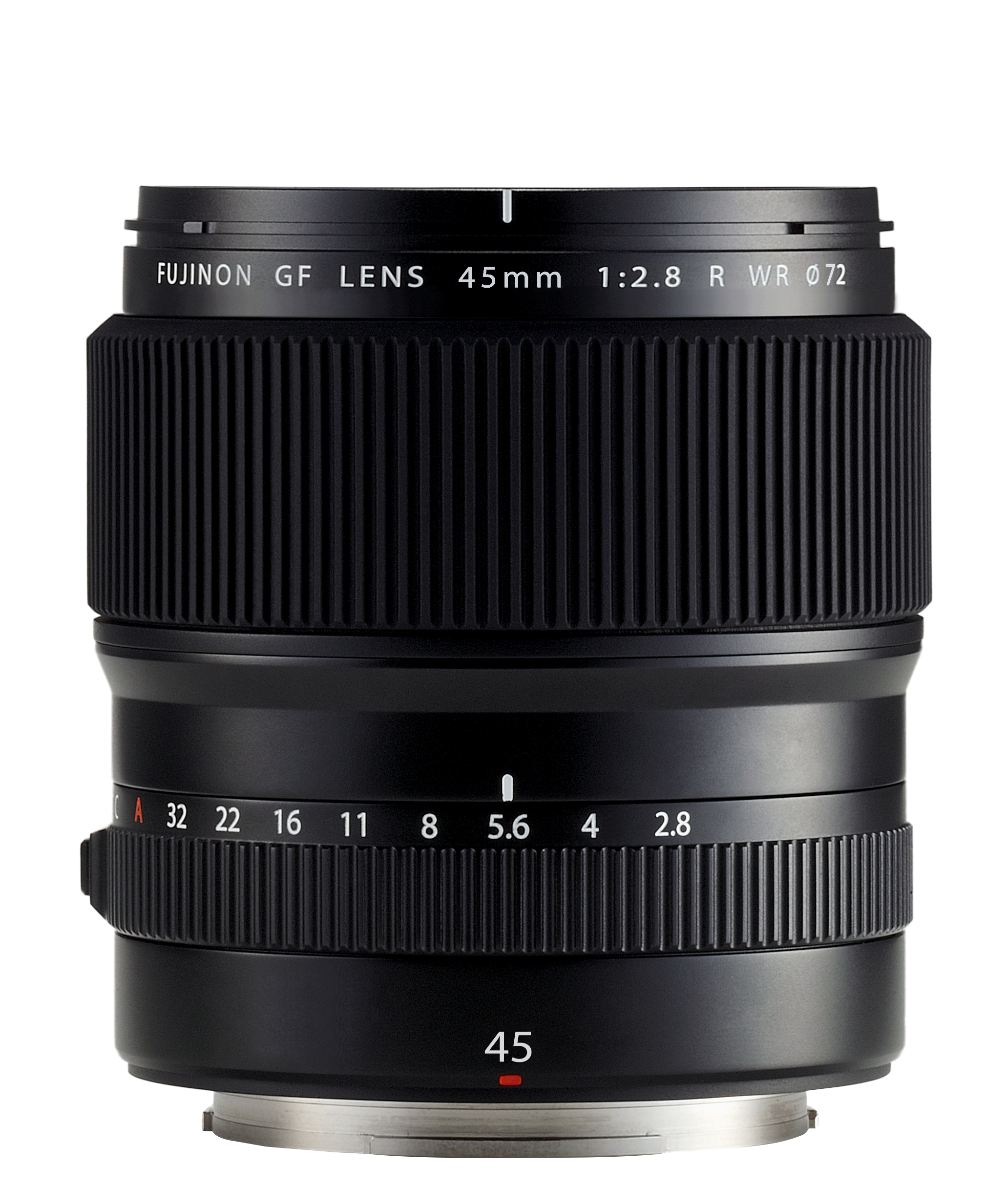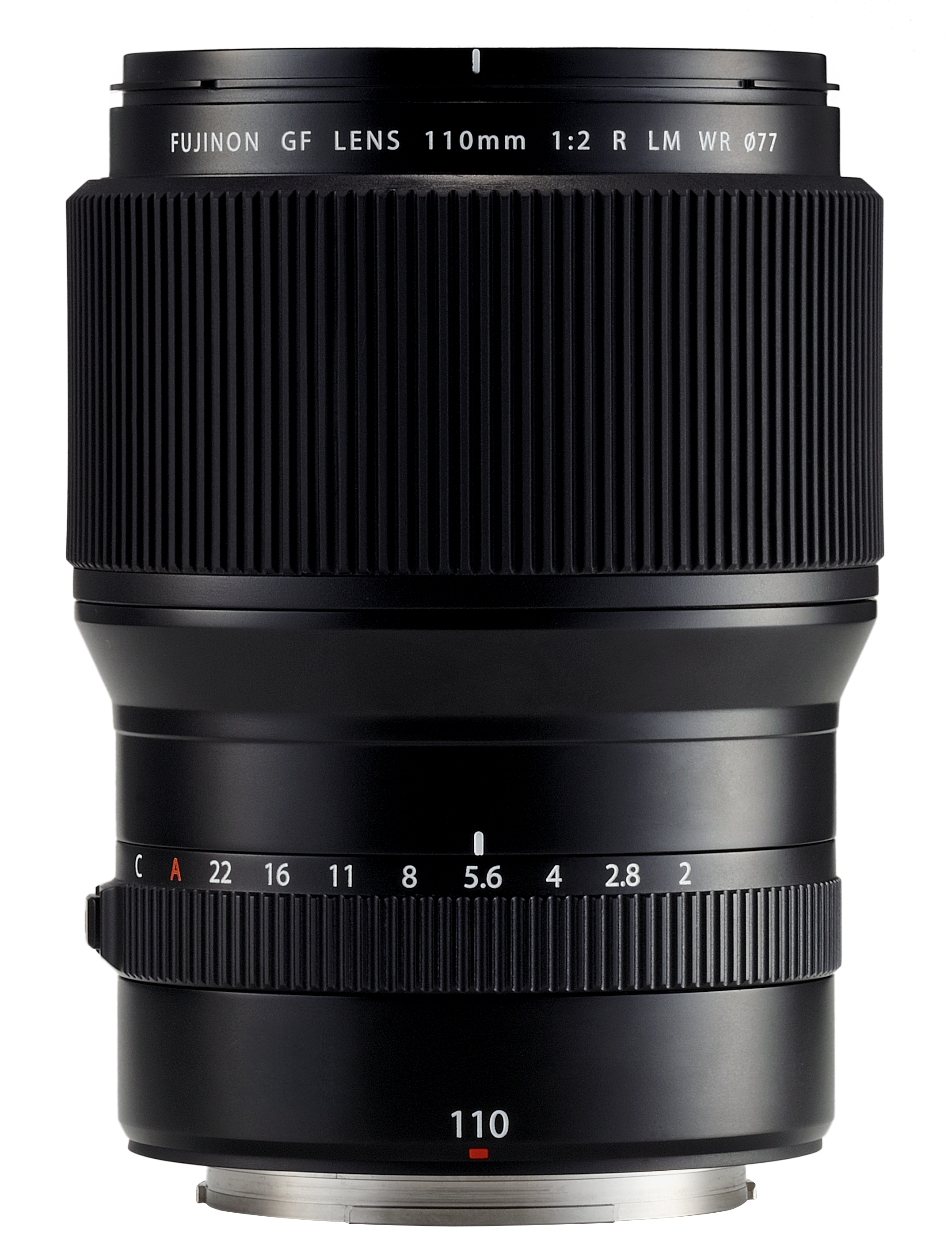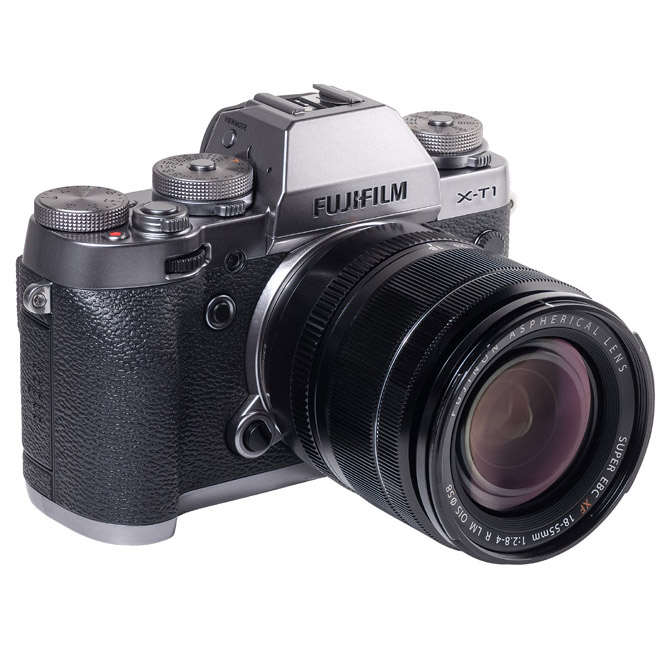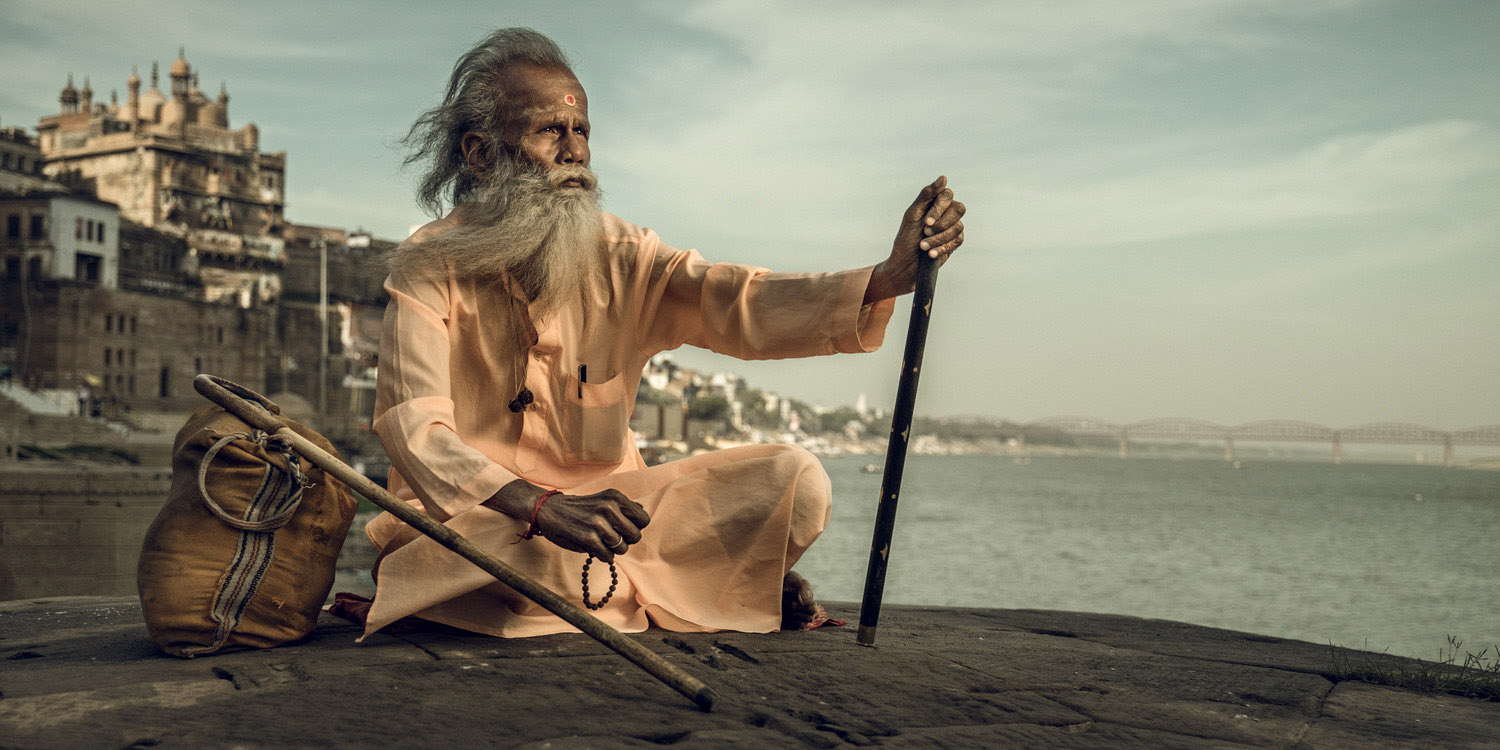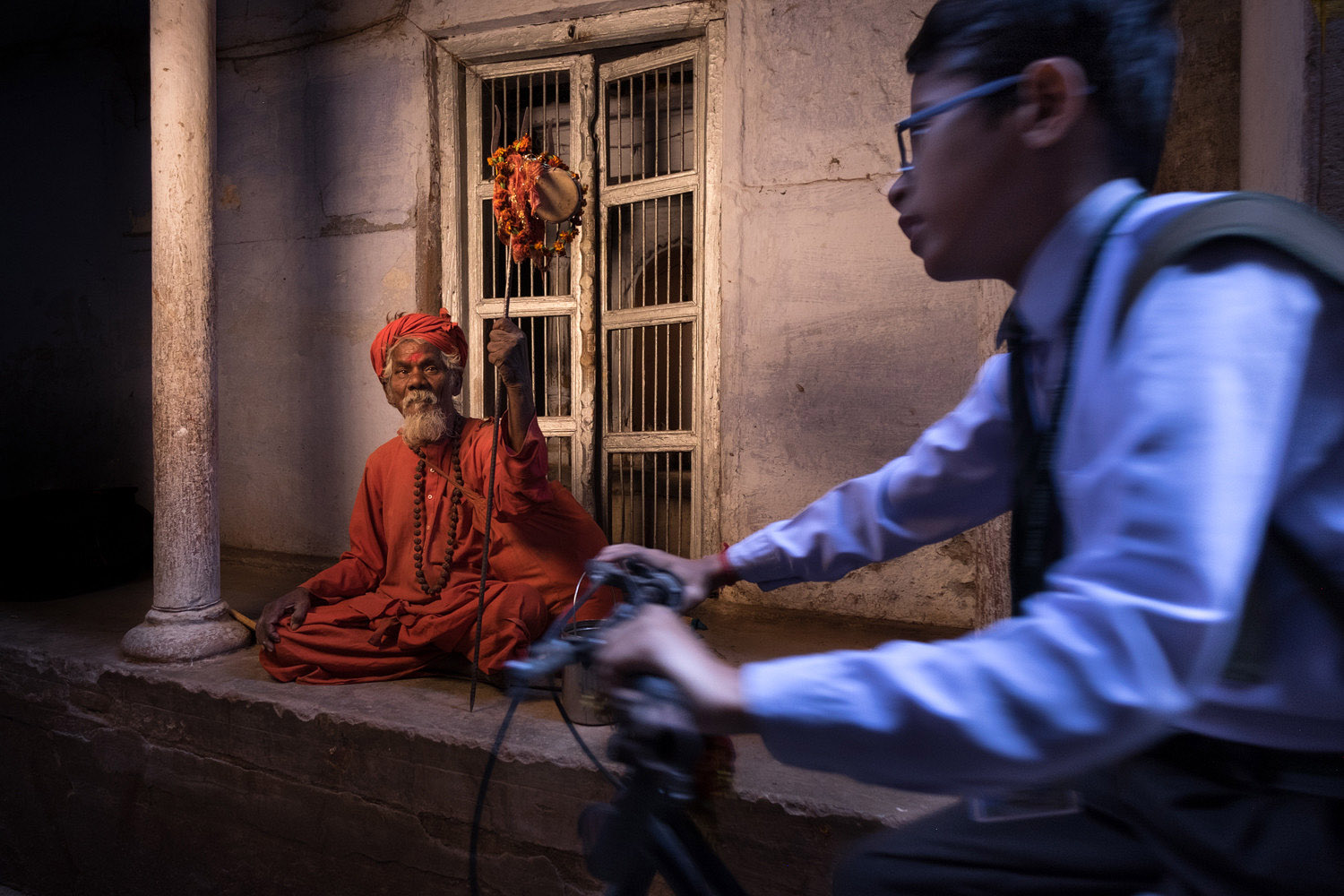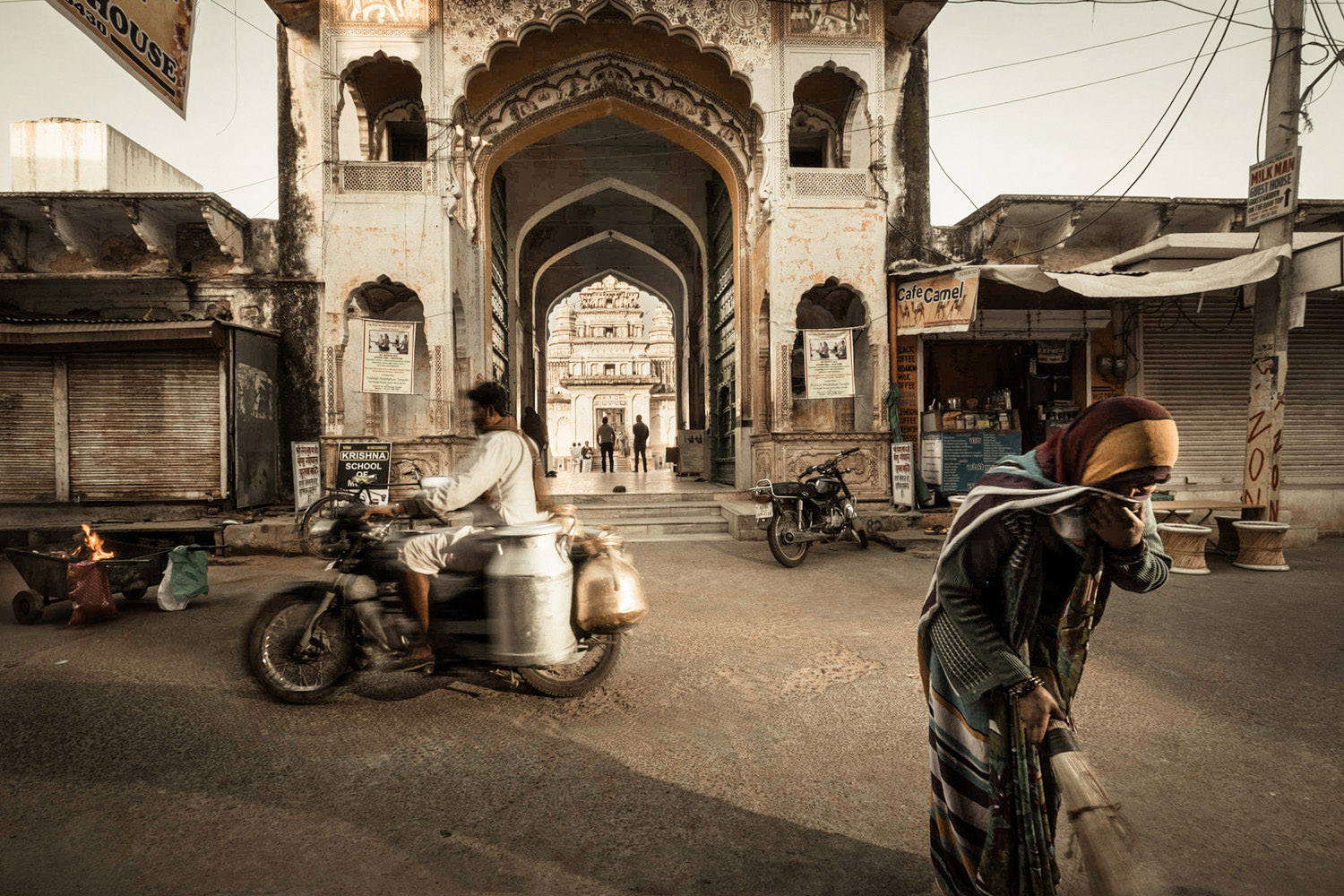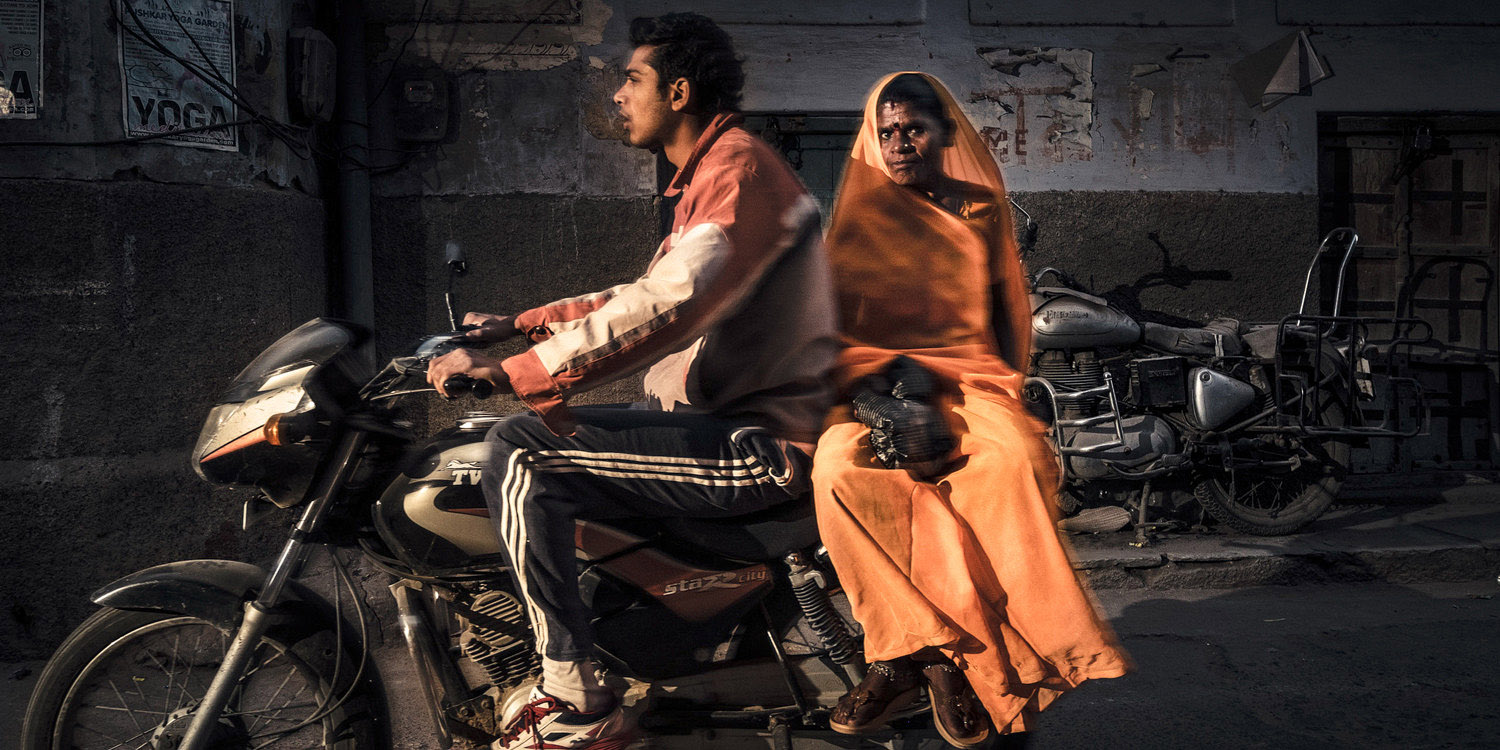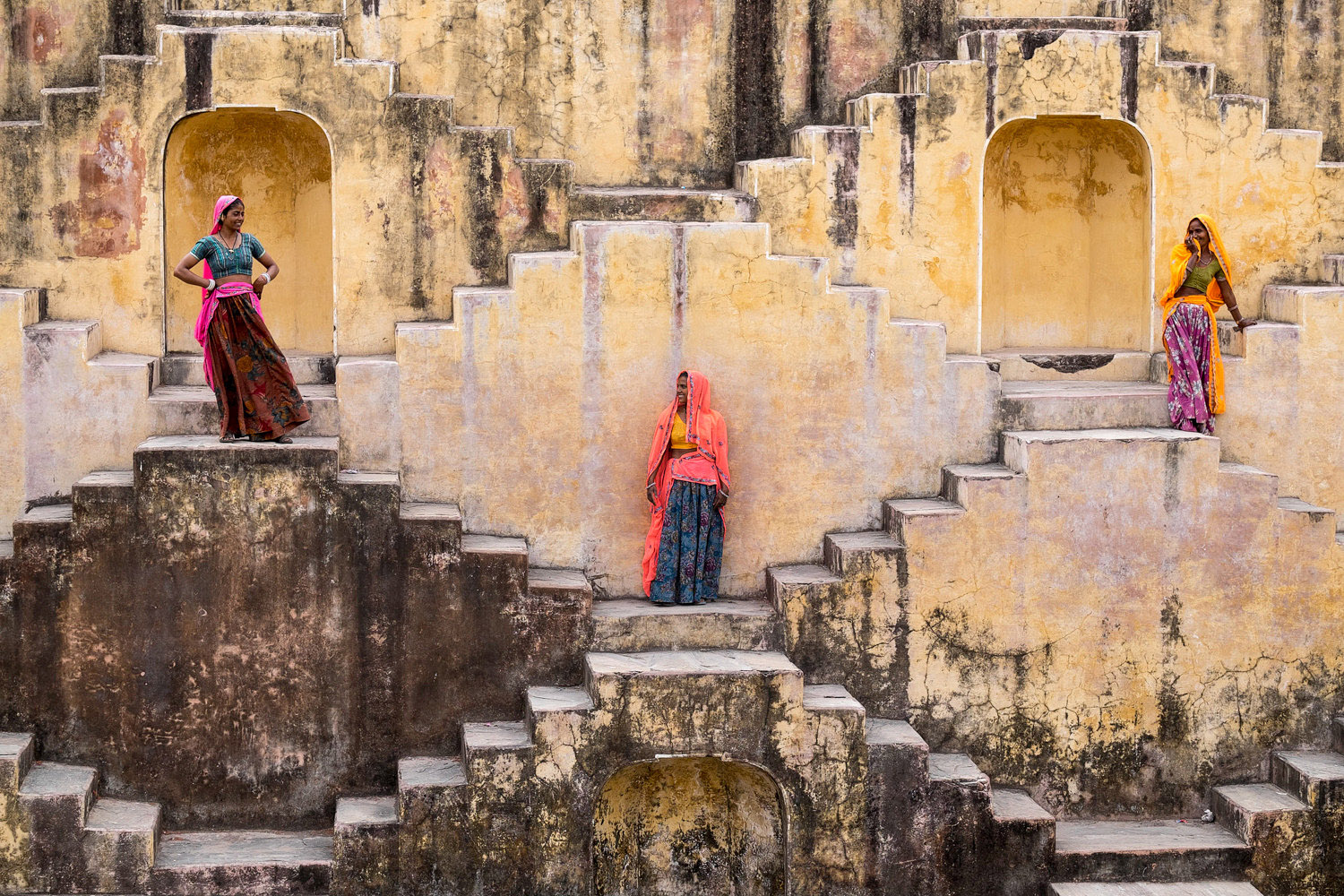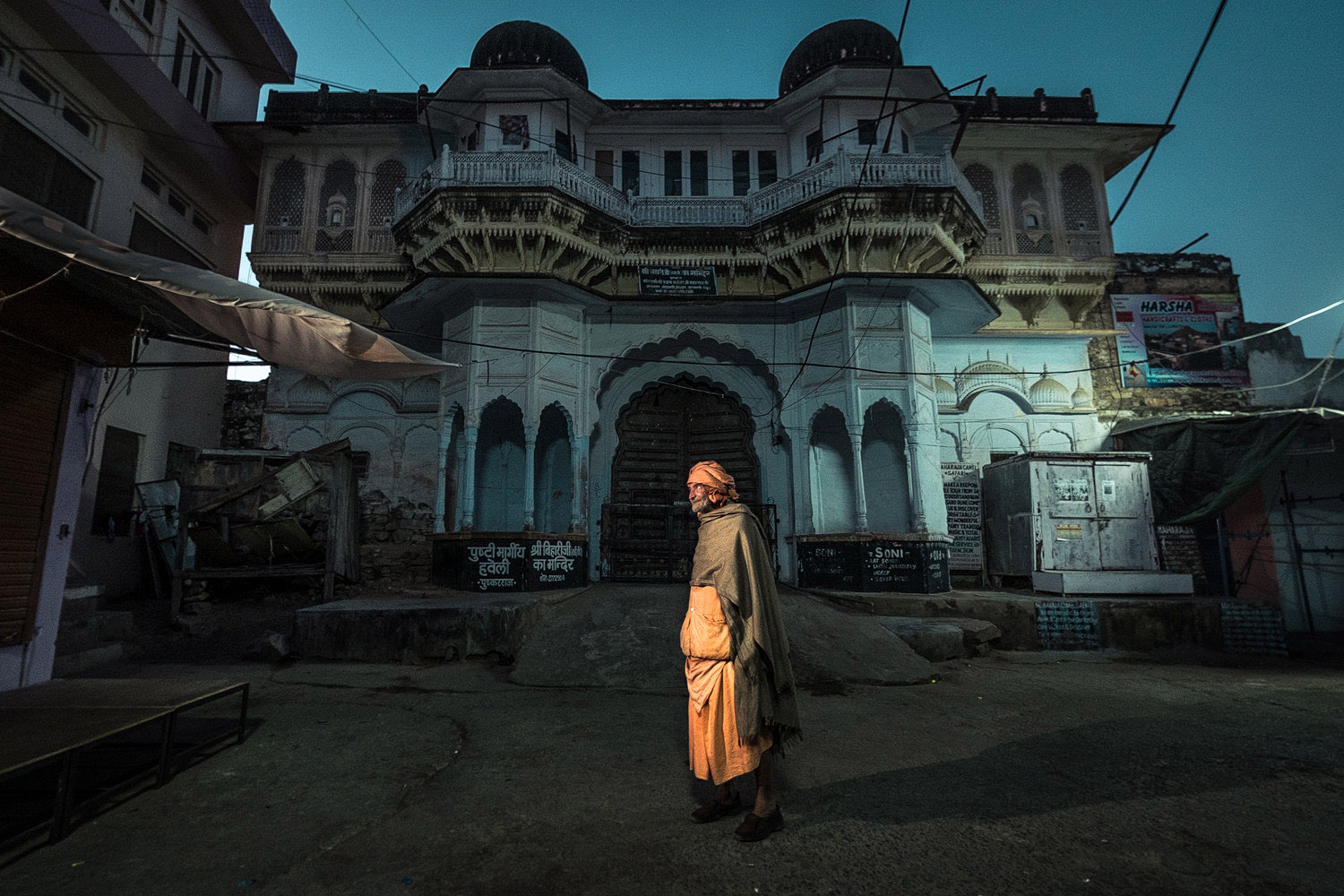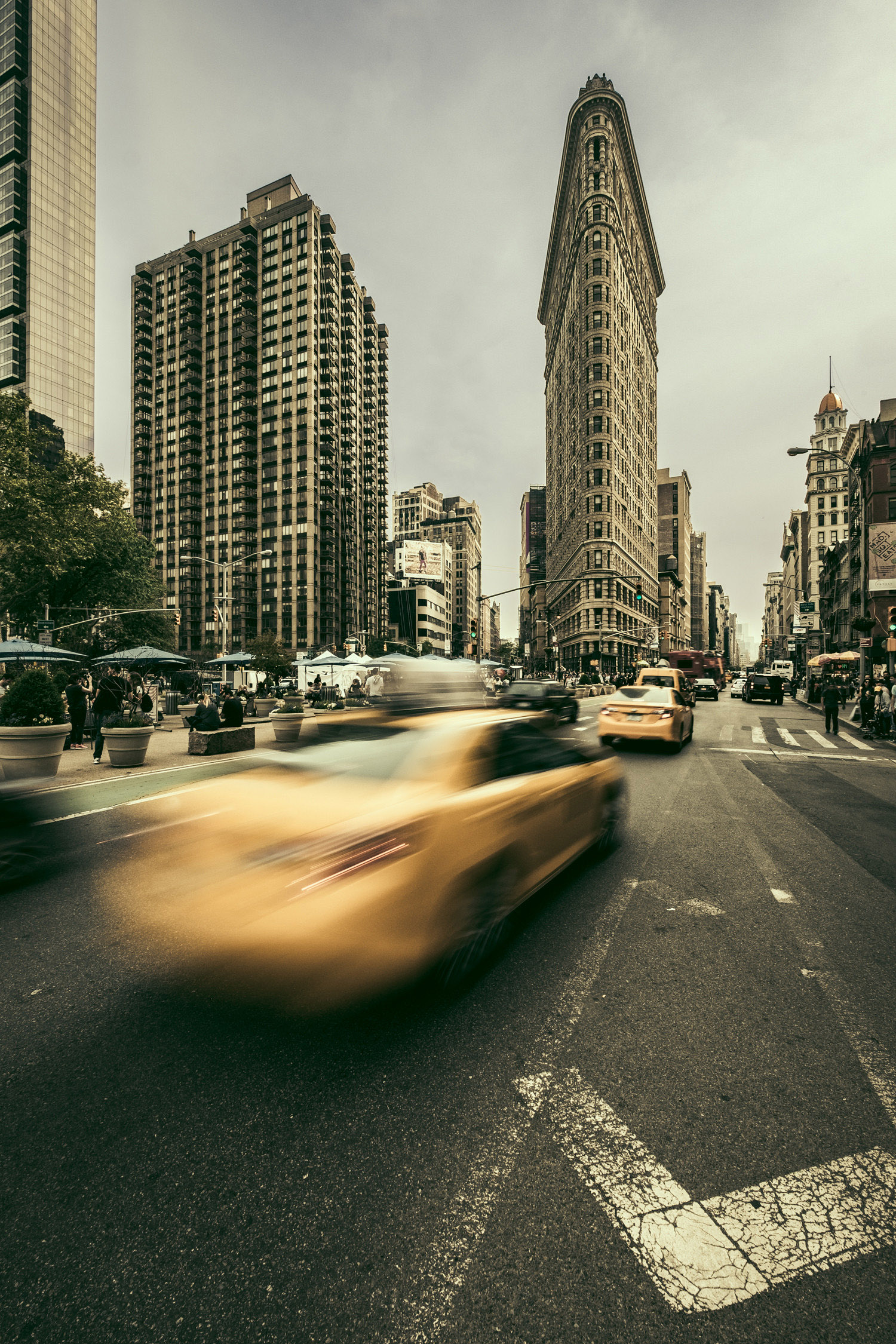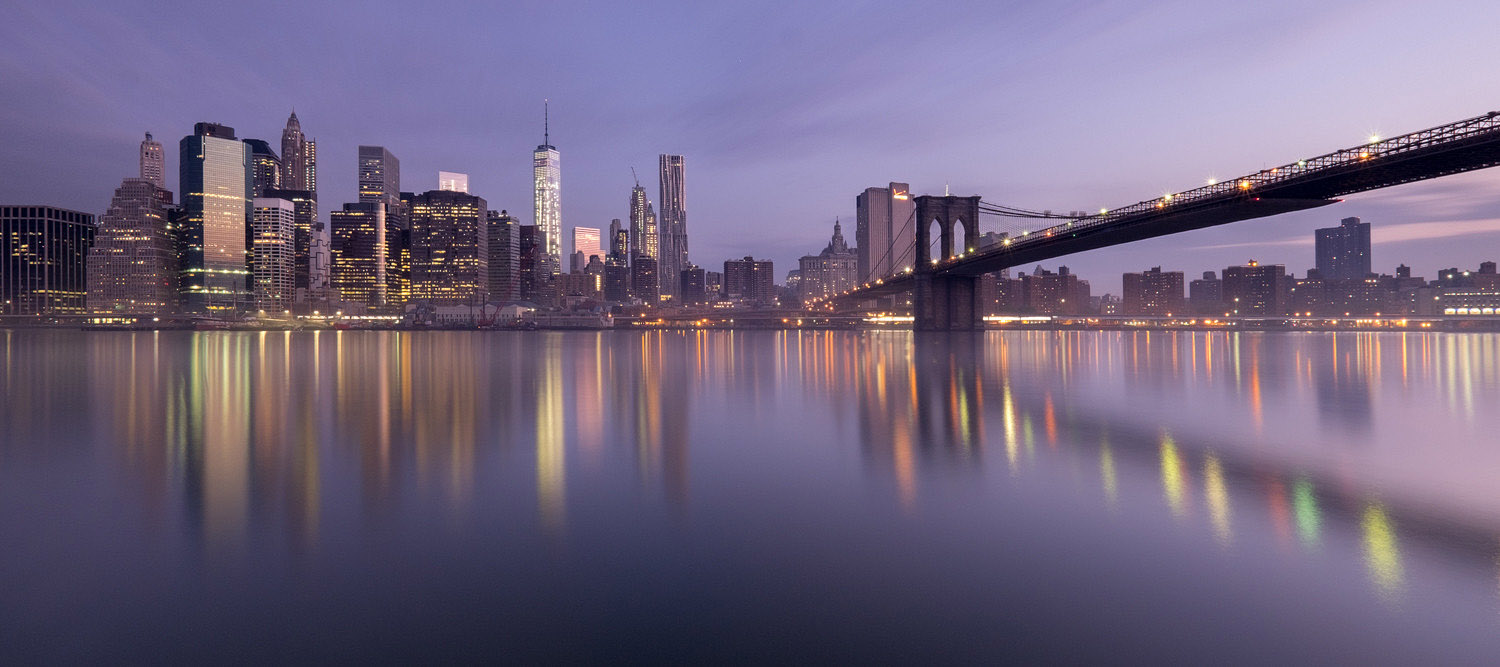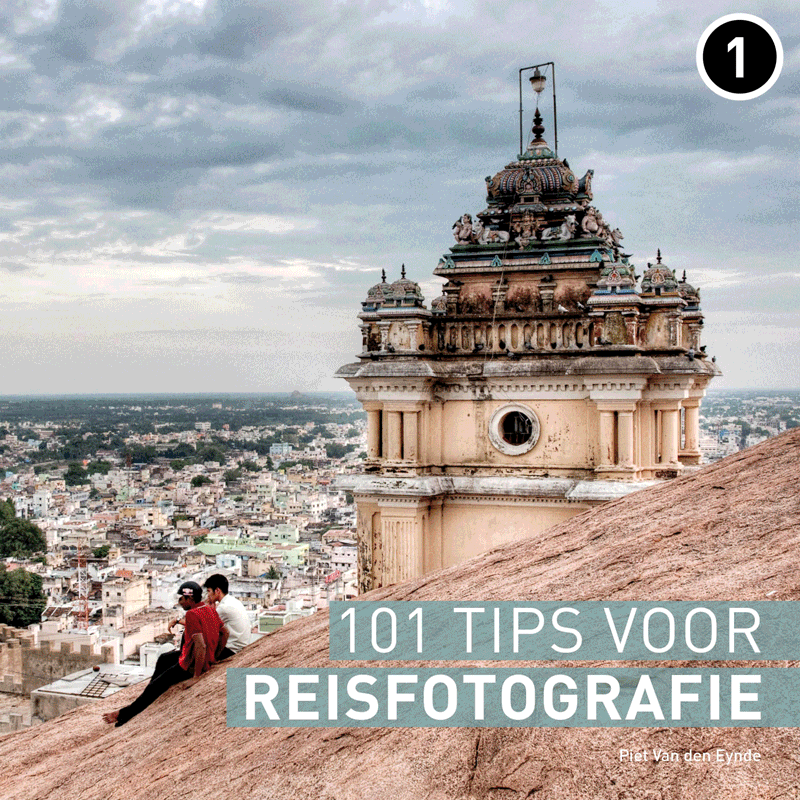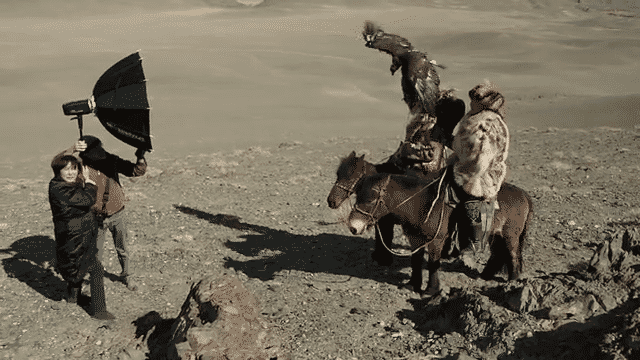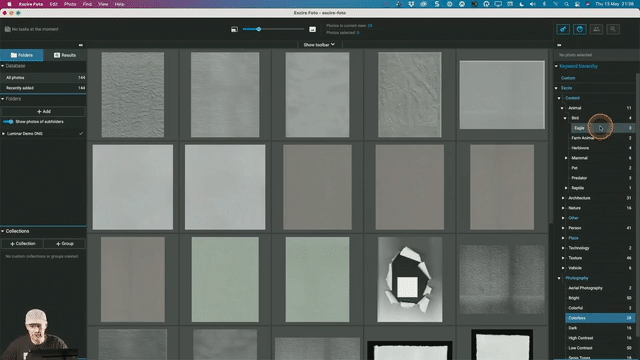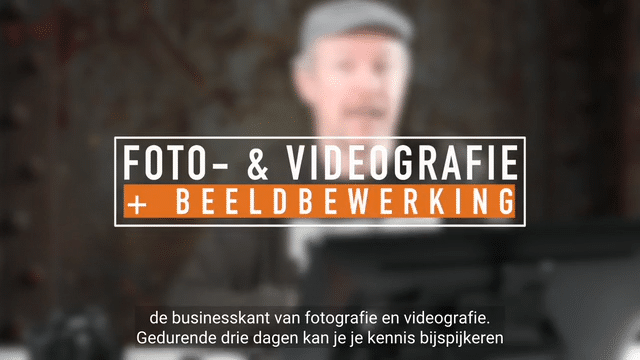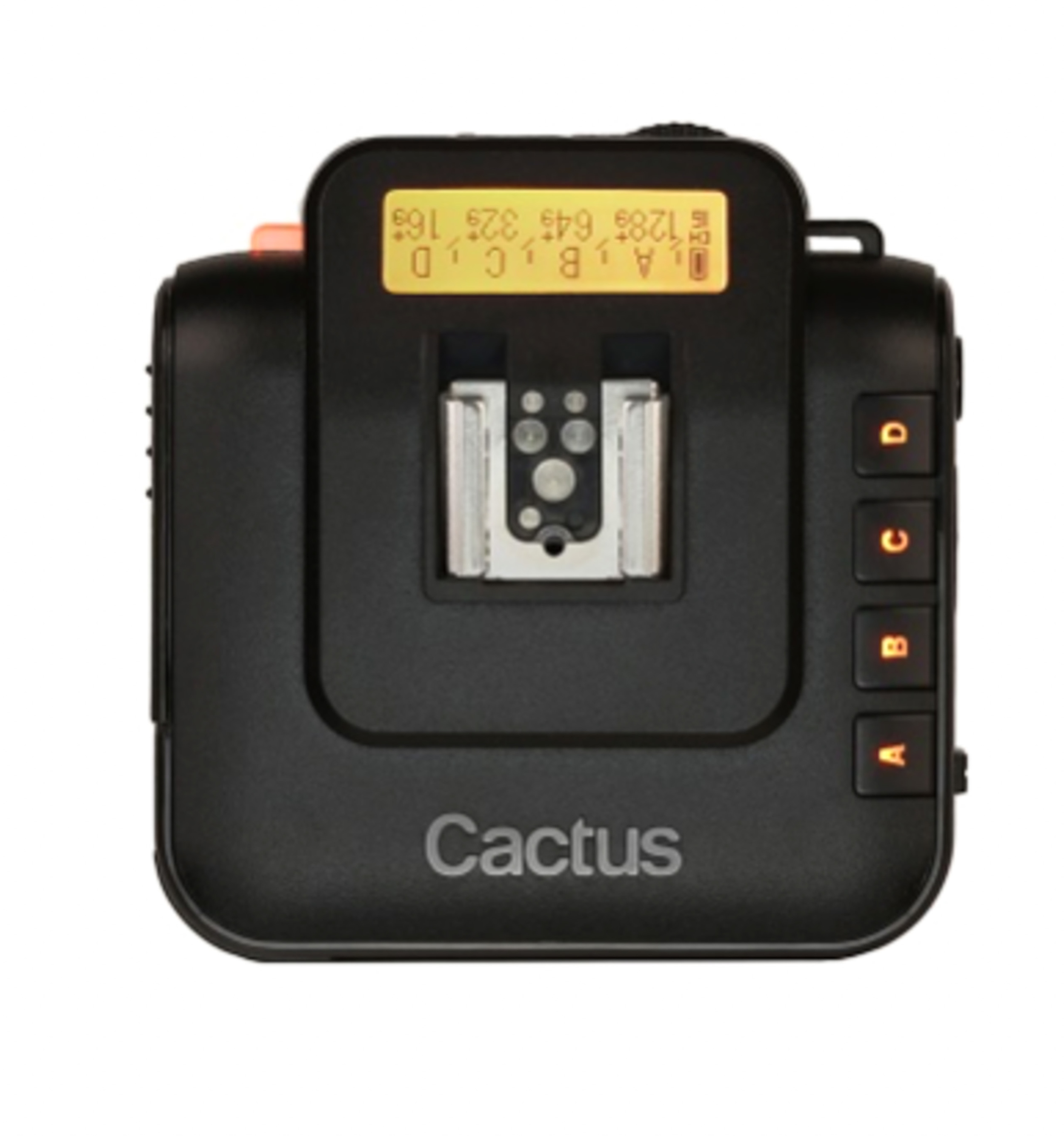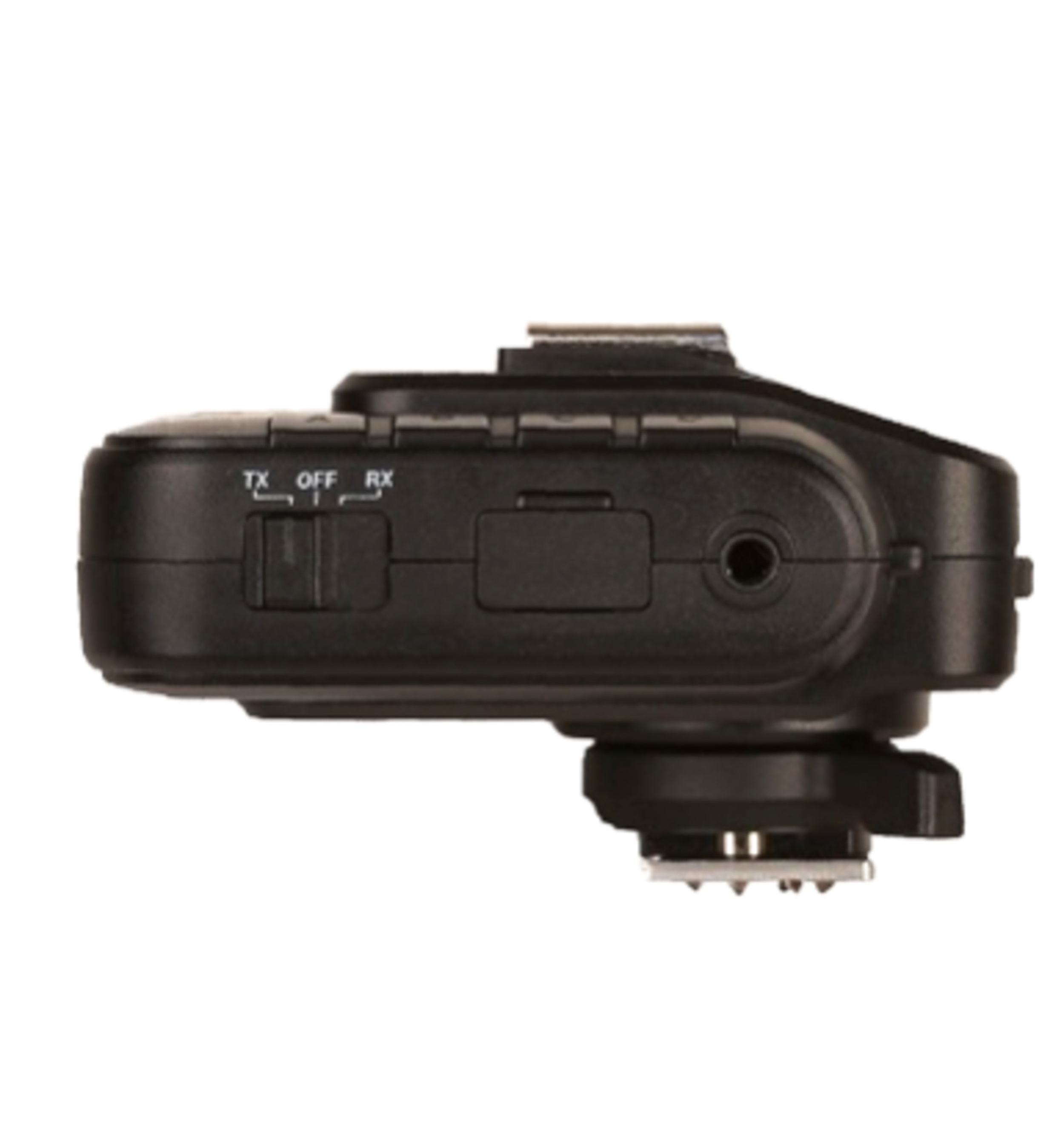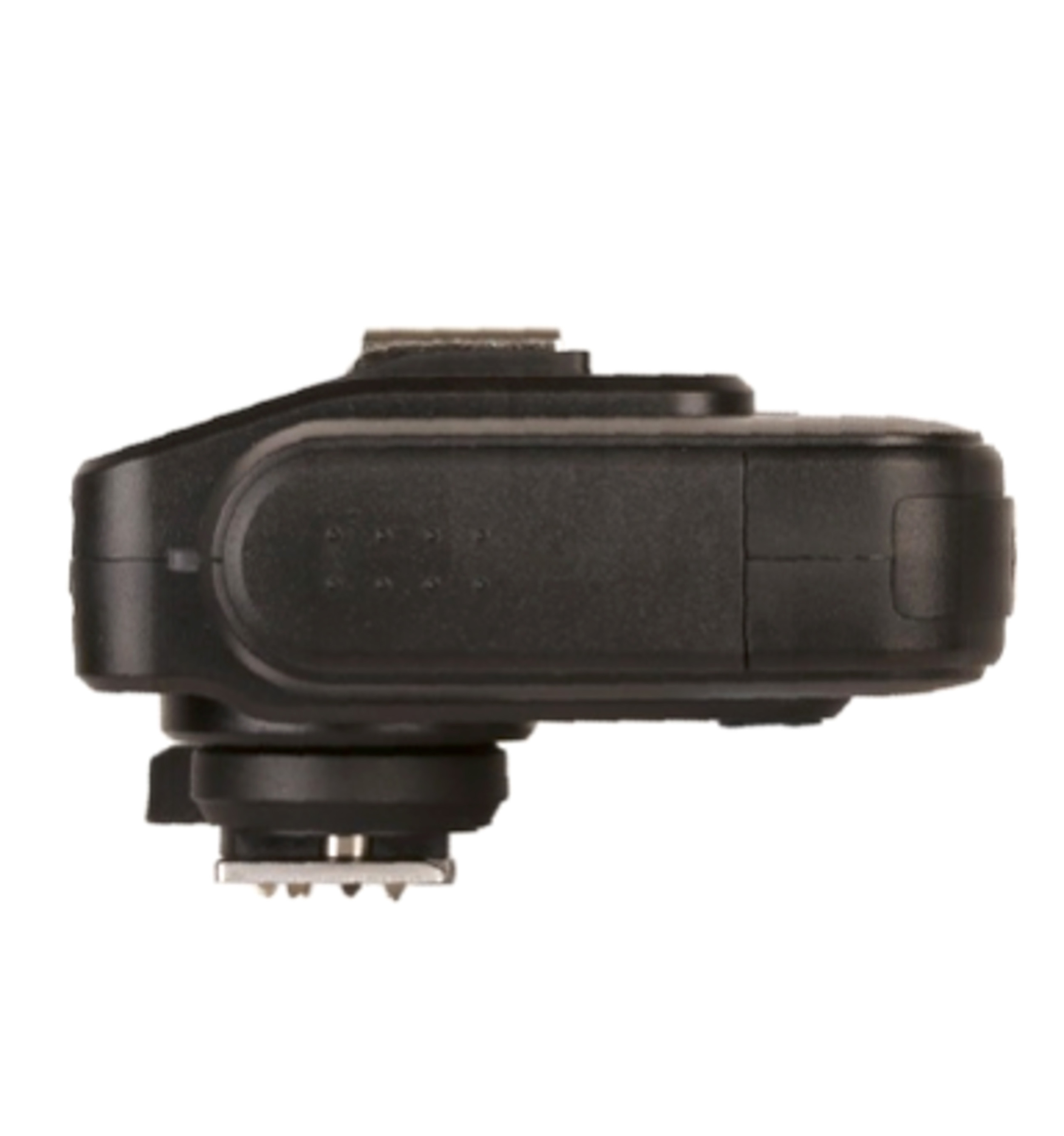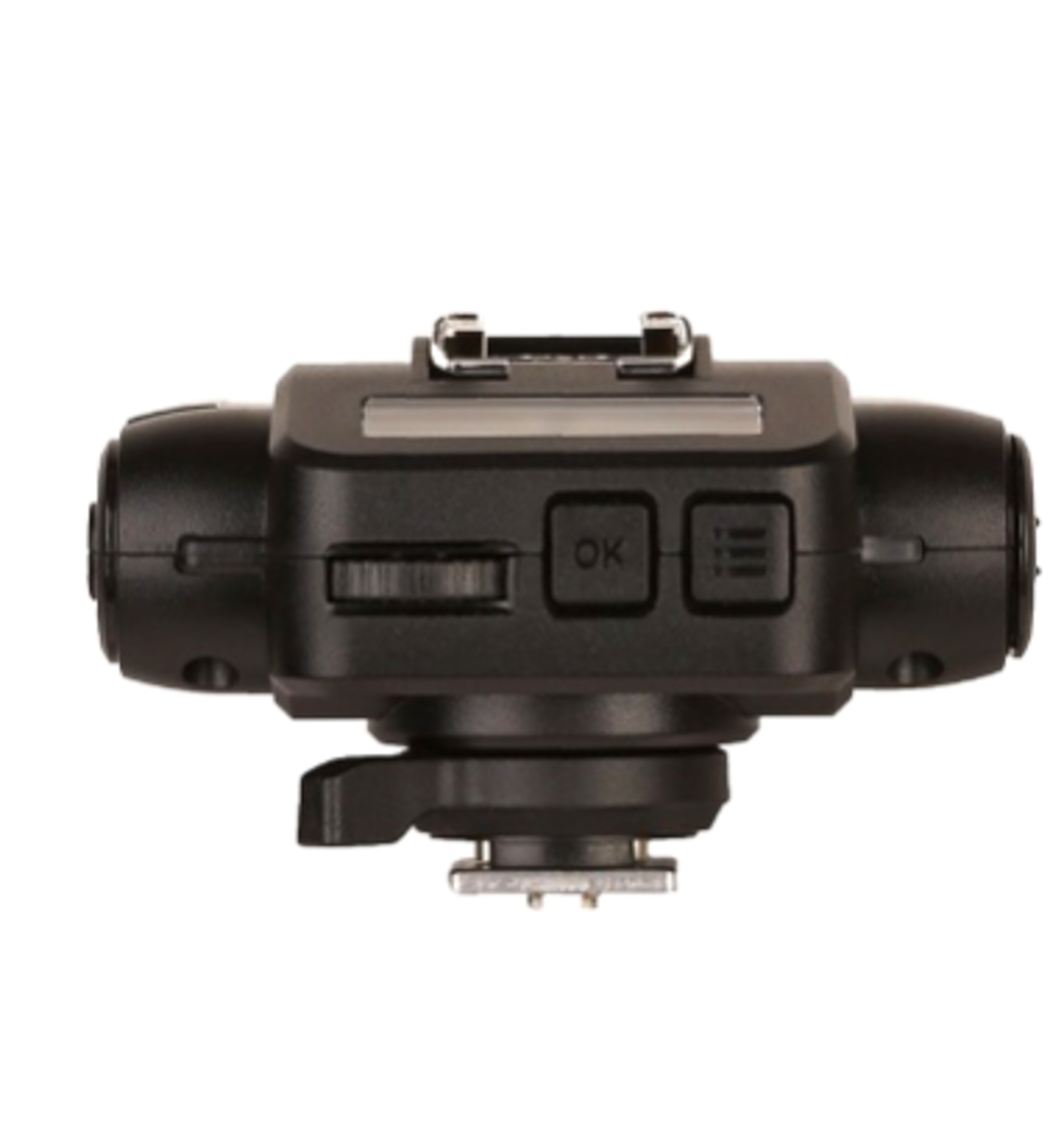Compagnon Bags are what you could call a ‘boutique bag’ maker. I came across them a couple of years ago at Photokina. I was looking for a bag that I could put my Fujifilm GFX, lenses and accessories in. Compagnon’s then-released Weekender Bag looked like the perfect deal. Normally, Compagnon bags use lots of natural materials like waxed canvas and leather. It makes their bags look more like regular bags instead of photo bags.
Compagnon’s Weekender Bag is the perfect home-away-from-home for my GFX kit.
Now, as lovely as these natural materials are, they are also a bit heavier and sometimes, you just want to keep the weight down. Especially in backpacks. A while ago, Compagnon launched a Kickstarter project in collaboration with Deuter, a big name in the backpacking world. I have been using regular Deuter travel backpacks for years. The result of that project was the Explorer and the Explorer+. Deuter brought their knowhow about carrying comfort to the table and Compagnon added their knowledge about what photographers need in a bag.
Compagnon Explorer+
Curious to see what that love-child would look like, I contacted Compagnon if I could put their bag to the test and they kindly send me a unit. Up until recently, I have been using an F-Stop Loka UL. That is still a backpack I highly recommend if you want a really lightweight backpack, but since I’ve been using the Fujifilm GFX system, the Loka UL is a bit too small – it especially lacks depth – and the padding of the straps is not soft enough to carry a heavy load for any prolonged period of time.
The Explorer+ somewhat disrespectfully used as a sandbag to weigh down my light stand…
… and the resulting portrait :-)
I’ve been using the Explorer+ on my last two trips to Ethopia and Kolkata and I really love the bag! At 2.2 kilograms, it’s still relatively light, especially given its volume of approximately 25 liters (+ 12 liters in the rolltop) and its carrying comfort. And what I like best is that it’s fairly deep, so it has no problem with big camera bodies like the GFX 100. It can even hold a Godox AD600 Pro flash! With airlines checking your carry-on weight more and more, the actual weight of the bag is becoming increasingly important. It’s the reason I stopped using roller bags when flying because those bags will often weigh five kilograms… empty. Put in a camera and a lens and you’re technically already overweight :-) A backpack also has the advantage that, once arrived at your travel destination, you can continue to use it on the streets.
Ethiopia, Omo Valley. Portrait of a young Hamar girl carrying water. Fujifilm GFX 100, Godox AD600, SMDV Alpha 110 Softbox, Godox AD400 Pro, SMDV Speedbox 70.
Have a look inside my portable flash photography studio!
In the video below, I show you how I set up the Explorer+ backpack as a portable flash photography studio and I walk you through why I like it and I also show you how a small modification can make it even better!
The full specs of the bag can be found on Compagnon’s website, so I won’t be repeating them here. I’m looking forward to exploring other parts of the world with the Explorer+ and I’m also going back to Ethiopia with it later this year. If you feel like joining me, check out this page!
Ethiopia, Mursi girl. Fujifilm GFX 100, Godox AD600, SMDV Alpha 110 Softbox.
Kolkata. Rickshaw wallah on a chai break. Fujifilm GFX 50S, Godox AD600, SMDV Alpha 70 Speedbox.
Kolkata: A sadhu photographed with the iconic Howrah bridge as a backdrop. Fujifilm GFX 100, Godox AD200 Pro, SMDV Alpha 110 Softbox.
i always like it when a company listens to their users. It’s one of the reasons why I like working with Fujifilm so much, and also with Compagnon. Along with a couple of other users, I had told them that I thought the roll-top compartment needed an extra way of securing it in addition to only the buckle and low and behold: their next backpack, the Element, which is currently on Kickstarter.com, along with two sling bags, will have a velcro strip to seal off the roll-top compartment.
I’m looking forward to putting the Element through its paces as well and comparing it to the Explorer+.
Disclaimer: I’m a brand ambassador for Compagnon Bags. As such, Compagnon will occasionally send me a bag to review. Given the fact that I have a zillion other bags in my closet, the real test for me is: ‘Do I keep using the bag after I’ve reviewed it or do I send it back?’ In this case, it looks like I’ll be using the Compagnon Explorer+ for quite a few trips to come, as I really like it, especially with the small modification that I talk about in the video.











